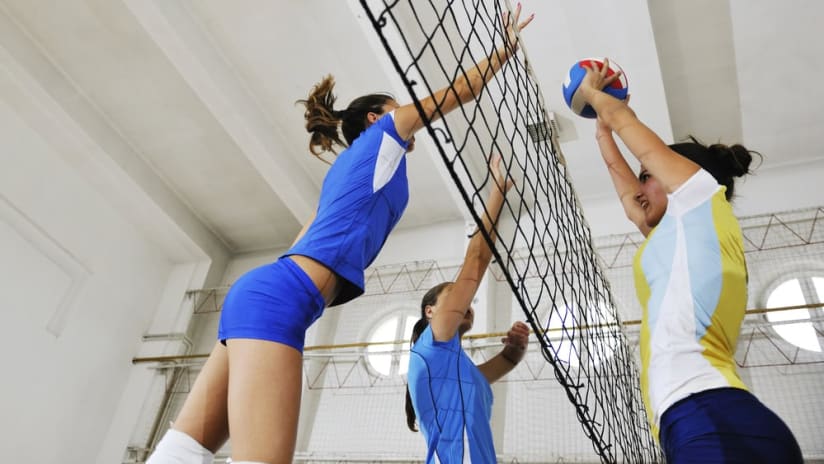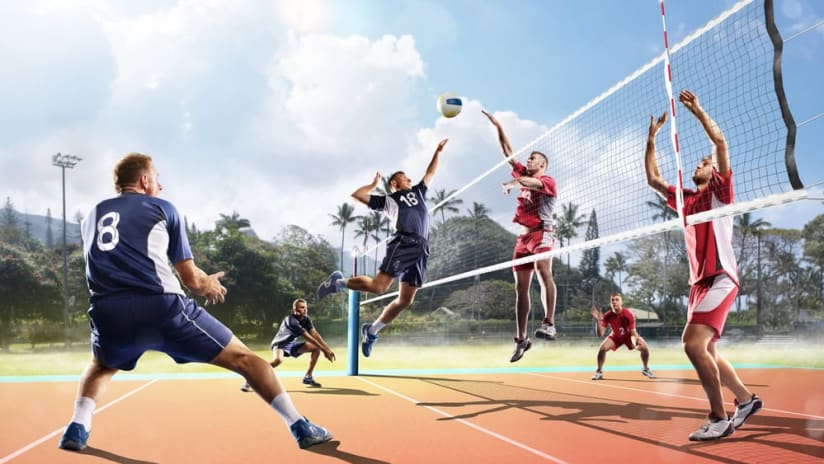Although a volleyball game can look like organized chaos to the casual observer, everyone on a volleyball team has a specific role to play in helping to score points during a game. Now is the perfect time to get acquainted with the positions and roles of volleyball players as we lead up to the start of the Paris Olympic Games in July.
Explore indoor and beach volleyball games so you can become familiar with the action on the courts and develop a working knowledge of the game's finer points. Beach volleyball evolved from indoor volleyball, and each team requires the same skill set to compete head-to-head with the elite teams and players across the world.







